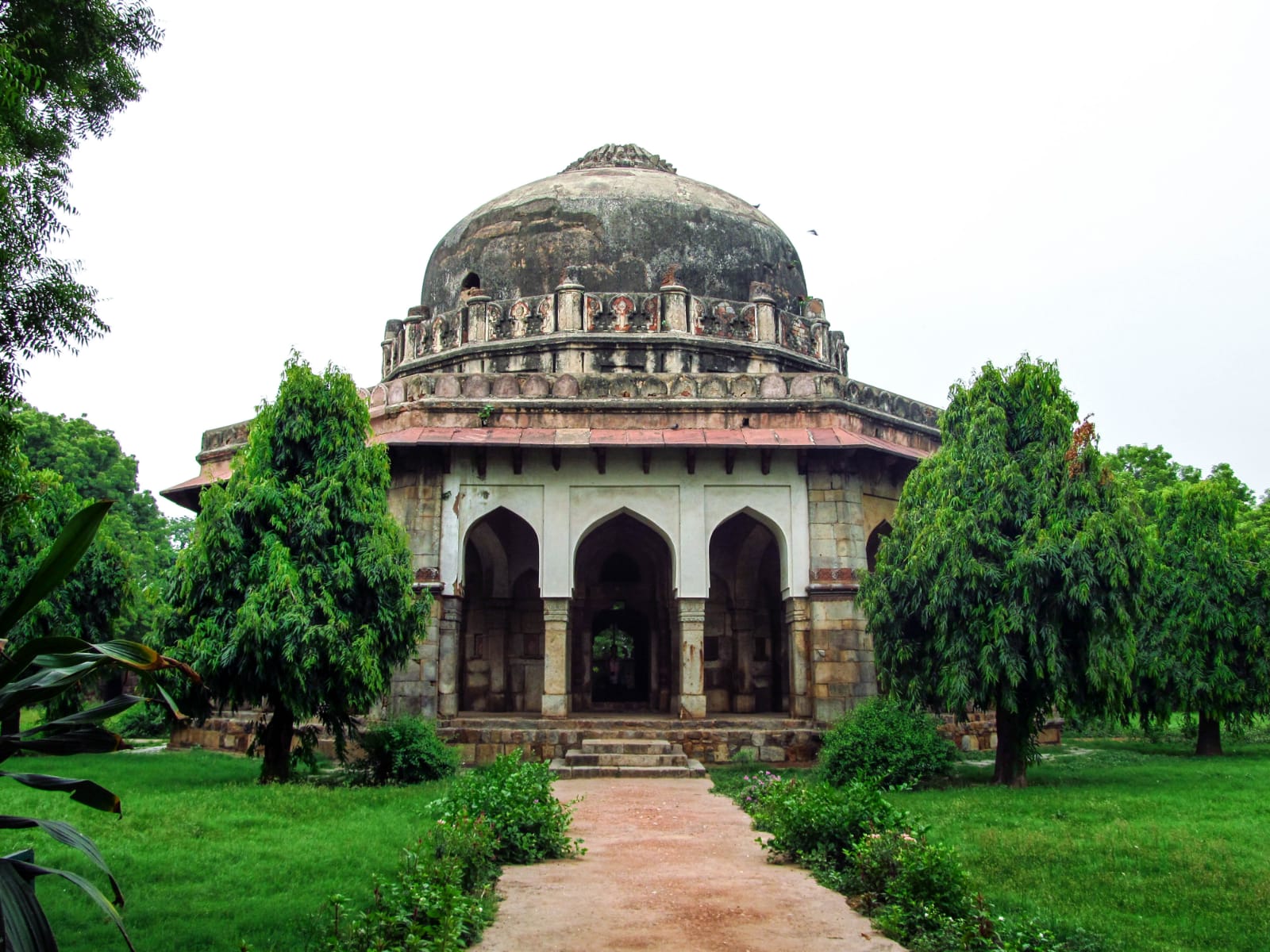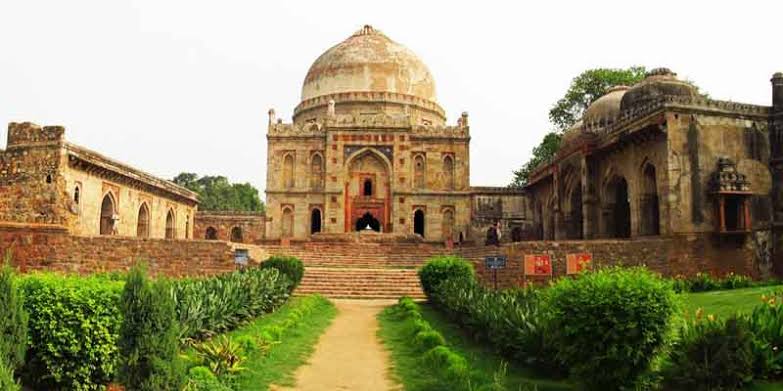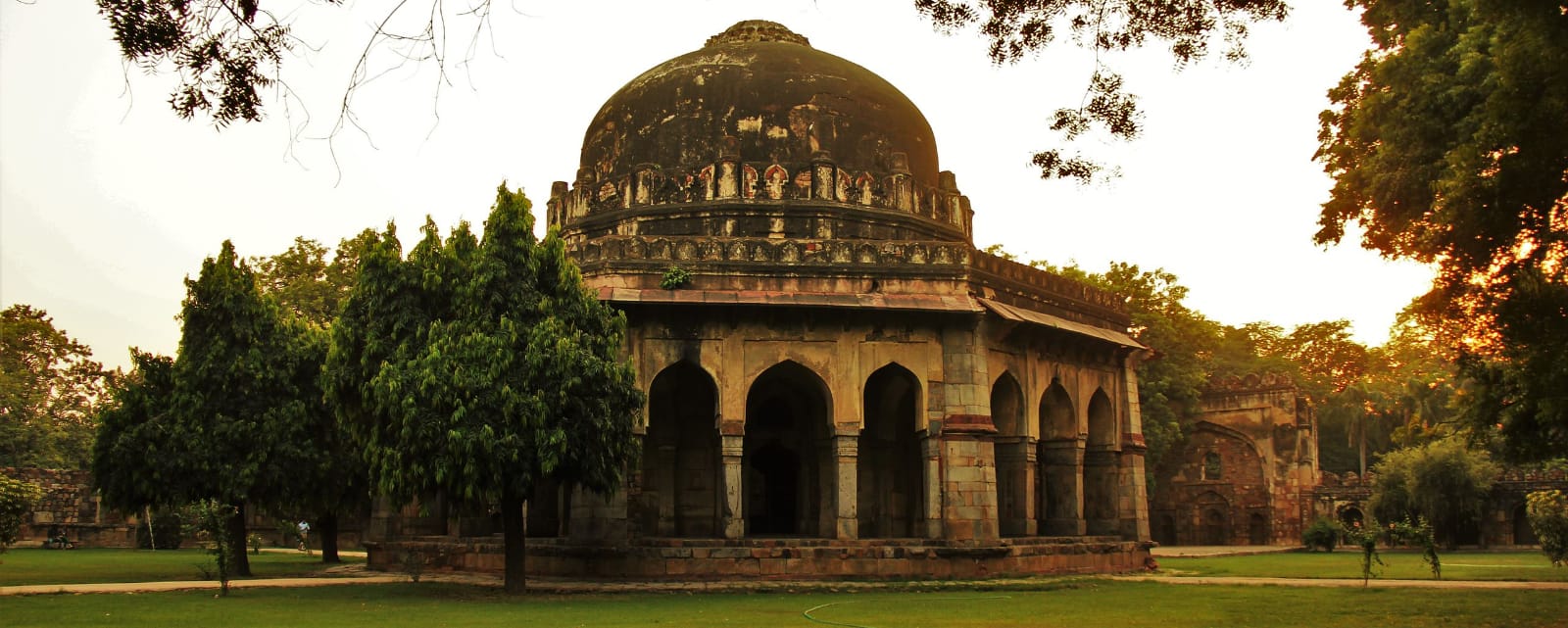


Tomb of Sikandar Lodi holds a prominent place in the annals of history, serving not only as the final resting place of Sikandar Lodi, the second ruler of the Lodi dynasty, but also as a symbol of the architectural and cultural achievements of the era. Built-in the early 16th century, this tomb reflects the grandeur and vision of the Lodi rulers, who controlled the Delhi Sultanate during a significant transition in the Indian subcontinent. Sikandar Lodi reigned from 1489 to 1517, marked by notable administrative reforms and architectural advancements. His rule is often credited with strengthening the Lodi dynasty’s control over its territories and fostering an environment of stability and growth. Beyond his political achievements, Sikandar Lodi was a keen patron of the arts, particularly architecture. His reign saw the construction of numerous mosques, fortifications, and urban structures, but the most enduring symbol of his contribution to architectural heritage is his own tomb. The Tomb of Sikandar Lodi is a remarkable example of Indo-Islamic architecture, blending Persian and Indian influences. Its design is said to have been inspired by the tomb of Muhammad Shah, an earlier Sayyid dynasty ruler who also left his mark on Delhi’s landscape. The octagonal shape of Sikandar Lodi’s tomb is characteristic of the period’s architectural style, where symmetry, balance, and intricate detailing were highly prized. This octagonal structure, with its arched openings and large central dome, embodies the fusion of Persian aesthetics with local Indian traditions. One of the most distinctive features of Sikandar Lodi’s tomb is its setting within an enclosed garden. This makes it historically significant as the first garden tomb in the Indian subcontinent, setting a precedent for later monumental structures, most famously the Taj Mahal. The garden surrounding the tomb was carefully designed and landscaped, following the concept of a charbagh, a Persian-style garden divided into four quadrants by walkways or water channels. This garden design not only adds to the tomb’s beauty but also reflects the Islamic idea of paradise, making the tomb a serene and contemplative space. The tomb’s peaceful ambiance, enhanced by the lush greenery of the garden and the calm symmetry of the architectural lines, creates an atmosphere of tranquility. Visitors can stroll through the carefully planned pathways, surrounded by nature, and reflect on the historical significance of the Lodi dynasty, finding a moment of peace and contemplation in the midst of the bustling city. Over the centuries, the Tomb of Sikandar Lodi has stood as a testament to the rich cultural and historical legacy of India’s medieval period. Despite the passage of time and the changes that have occurred in Delhi’s landscape, the tomb continues to draw admiration for its architectural elegance and its role in shaping the development of Mughal architecture that followed. The tomb's enduring legacy as a piece of India's architectural history makes it a key monument in understanding the evolution of Indo-Islamic architecture and the cultural contributions of the Lodi rulers. Today, the Tomb of Sikandar Lodi is part of the larger heritage complex of the Lodi Gardens, a popular site in New Delhi. The tomb attracts not only historians and architecture enthusiasts but also visitors from around the world who come to appreciate its beauty and historical significance. Its enduring legacy as a piece of India’s architectural history makes it a key monument in understanding the evolution of Indo-Islamic architecture and the cultural contributions of the Lodi rulers